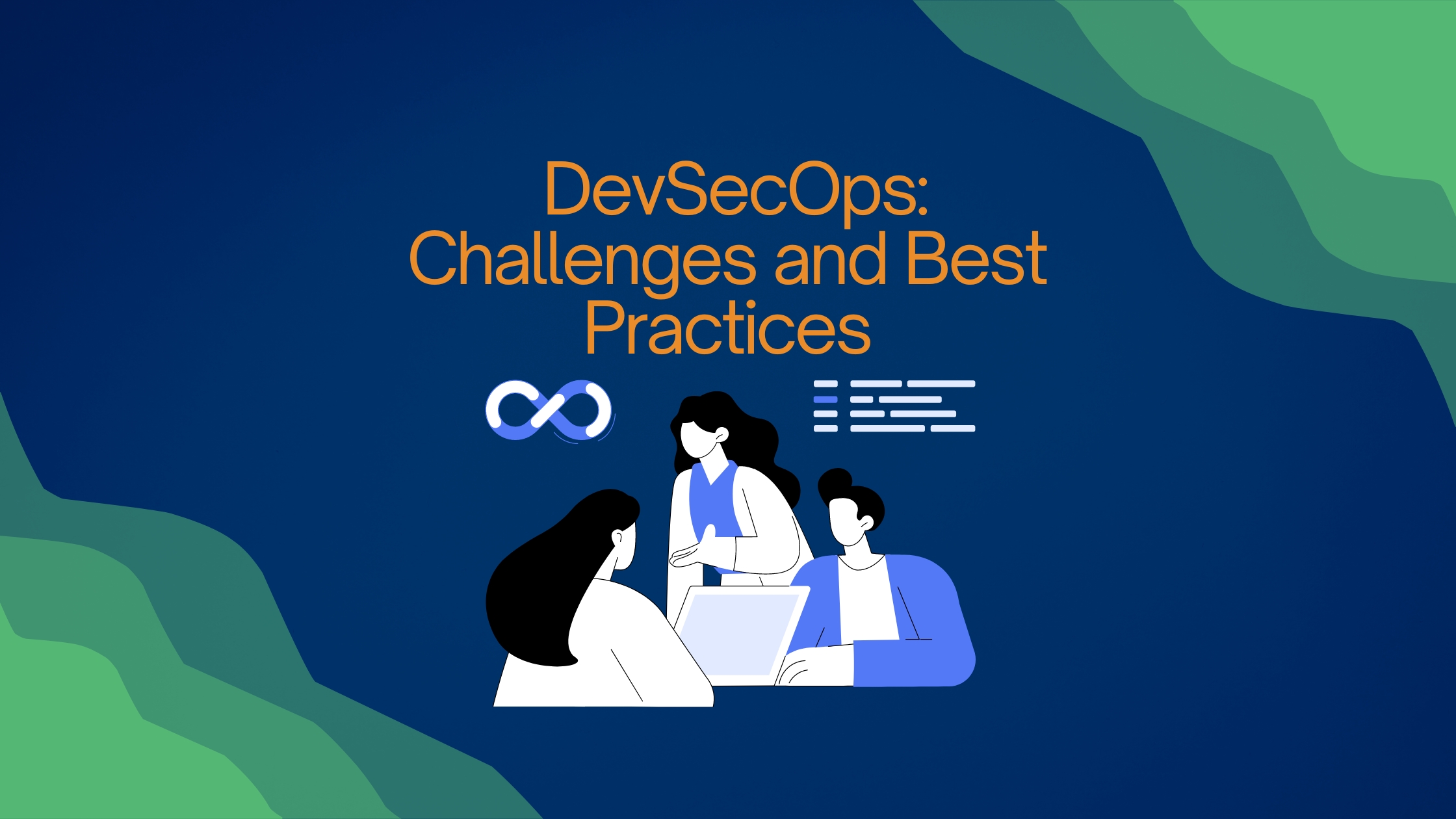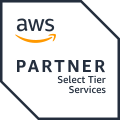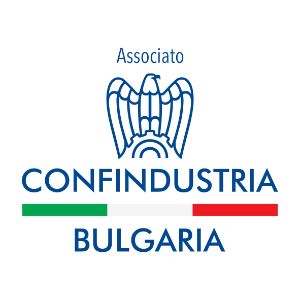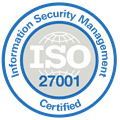In today’s rapidly evolving software development environment, the integration of security measures is essential for protecting applications from emerging threats. DevSecOps, blending development, security, and operations, provides a holistic approach to embedding security throughout the development lifecycle. This blog post explores pivotal best practices in DevSecOps implementation, spanning from incorporating automated security testing into CI/CD pipelines to nurturing a culture focused on security. Furthermore, we tackle the challenges organizations encounter on their DevSecOps journey, including managing cloud complexities, ensuring regulatory compliance, and fostering collaboration across teams.
Integrate Automated Security Testing
Integration of automated security tests into the CI/CD pipeline allows spotting of vulnerabilities early in the development. Detecting vulnerabilities at an early stage enables prompt resolution, preventing potential complexities and delays later on. There are numerous tools, which can be used for automated security testing, like SAST, DAST, SCA, etc.
Maintain Continuous Monitoring and Incident Response
Establishing ongoing monitoring is used to identify suspicious activities and potential security breaches. Employing SIEM systems, IDS, and log management solutions allows for real-time detection of unauthorized access, unusual behavior, and security incidents. Developing and updating an incident response plan regularly will ensure prompt and effective actions in case of security breaches, minimizing damage to your systems and data.
Enforce Infrastructure as Code (IaC) Security Practices
Implementing security scanning within developer workflows, including checks for misconfigurations, secrets, and code tampering in Infrastructure as Code (IaC), is crucial for preventing breaches and ensuring timely remediation. Consistent governance, avoidance of complexity, and regular comparisons between different phases of the software development lifecycle (SDLC) further enhance security by providing a comprehensive view and enabling prioritized remediation efforts. There are numerous tools to utilize, some of which are Terraform, AWS CloudFormation, or Azure Resource Manager.
Foster a Security-Conscious Culture
Initiating a transition towards a culture that emphasizes security testing is essential for the effective implementation of DevSecOps. This cultural transformation can occur either through directives from senior management or through grassroots initiatives. Senior leaders can convey the significance of security throughout the organization, establishing a precedent for prioritizing security measures in development procedures. Conversely, grassroots efforts involve promoting cooperation among diverse teams, beginning with small-scale projects and gradually expanding to broader adoption as successes arise. Both strategies necessitate commitment and perseverance but can ultimately foster a mindset that actively identifies and resolves security issues before they impact users. By fostering a culture that values security, organizations can establish a strong foundation for a resilient DevSecOps framework that seamlessly incorporates security into the development cycle.
Automate Security Scanner Governance
Governance is a critical aspect of DevSecOps, particularly in the context of regulatory compliance and security standards. Automated tools play a pivotal role in enforcing and documenting the usage of approved security scanners, ensuring adherence to organizational policies and regulatory requirements. Organizations can implement policy as code, thereby standardizing the deployment and configuration of security scanners across diverse environments. This automation not only streamlines the process of security scanner governance but also accelerates compliance efforts by providing real-time insights into the security posture of applications. By centralizing and automating governance processes, organizations can effectively manage security risks while maintaining agility and efficiency in their DevSecOps practices.
Integrate Security Guardrails
In the dynamic world of DevSecOps, simply deploying security scanning tools is insufficient; it is equally important to integrate security measures into the development process seamlessly. This involves implementing security guardrails—automated checkpoints that evaluate code changes against predefined security criteria within the CI/CD pipelines. By incorporating policy as code, organizations can dynamically adjust security guardrails based on the output of security scanners, ensuring that only compliant code progresses through the pipeline. These guardrails serve as proactive measures to prevent the introduction of vulnerabilities into production environments, thereby enhancing the overall security posture of applications. By integrating security guardrails into the development process, organizations can foster a culture of security-consciousness and significantly reduce the risk of security breaches.
Approach DevSecOps as a Data Challenge
With the increasing number of security tools integrated in the DevSecOps ecosystem, organizations are overloaded with vast amounts of data generated by these tools. Effectively managing and analyzing this data is essential for identifying and mitigating security vulnerabilities in production applications. Leveraging big data techniques such as normalization, deduplication, and correlation enables organizations to efficiently process and analyze the combined output of security scanners. By harnessing the power of data analytics, organizations can gain valuable insights into emerging security threats, prioritize remediation efforts, and minimize business risks associated with security vulnerabilities. Treating DevSecOps as a data challenge empowers organizations to make informed decisions and proactively safeguard their applications against evolving security threats.
Automate Ticket Management
Automatic creation and tracking of Jira tickets for detected vulnerabilities streamline the remediation process and enhance accountability. Even in cases of false positives, having a documented record of detected vulnerabilities is essential for audit purposes and regulatory compliance. By leveraging the right tooling, organizations can automate the creation, assignment, and tracking of Jira tickets, ensuring that vulnerabilities are addressed in a timely manner. This automation not only reduces the administrative burden on development teams but also facilitates collaboration between development and security stakeholders. By automating ticket management, organizations can enhance the efficiency and effectiveness of their DevSecOps practices while maintaining compliance with industry standards and regulations.
Challenges
Infrastructure Challenges
Cloud Complexity
The pervasive adoption of multi-cloud environments introduces substantial complexity. Managing security across diverse cloud services and ensuring continuous infrastructure security and compliance present formidable challenges for organizations.
Losing focus
The increase of cloud security services results in a deluge of alerts for security professionals. Without effective prioritization based on risk, addressing the influx of alerts becomes overwhelming, potentially diverting the teams’ attention from critical security issues.
Compatibility Issues
While leveraging open-source tools enhances productivity, it also introduces security risks if not managed properly. Ensuring continuous access to a diverse set of tools and implementing consistent security mechanisms compatible with DevOps processes are persistent challenges organizations face.
Identifying and Fixing Vulnerabilities
Organizations with immature DevSecOps practices often struggle to identify and address vulnerabilities effectively. Late-stage security testing leads to developers patching or rewriting code late in the development cycle, resulting in costly delays and rework.
Regulatory Compliance and Audit Mandates
Meeting stringent compliance standards and undergoing time-consuming audits pose significant challenges. Maintaining audit readiness and ensuring compliance in a fast paced DevOps environment require dedicated effort and resources.
Organizational Culture Challenges
Perception of Security as a Bottleneck
A prevalent misconception among Dev and DevOps teams is that security impedes speed-to-market. Security checks are sometimes perceived as bottlenecks, hindering the development process. The rapid pace of DevOps demands agility from all teams, including security. Legacy security tools and processes often hinder development and deployment speed, undermining the core principles of DevOps.
Lack of Resources and Knowledge Gap
A majority of organizations lack sufficient understanding of DevSecOps practices. Bridging the knowledge gap and providing adequate resources pose significant challenges, especially considering the complex nature of security and compliance requirements. Emphasizing continuous training across teams ensures that they are equipped to contribute effectively to the DevSecOps journey, driving better security outcomes and reducing the risk of security incidents.
Friction Among Cross-functional Teams
Divergent goals and agendas among developers and security teams often lead to operational friction. Overcoming these silos and fostering collaboration across teams remains a challenge.
Roles and Responsibility Alignment
Aligning roles and responsibilities within dynamic DevOps environments proves challenging. Clarifying the security team’s role in guiding developers and operators while creating security policies requires careful coordination.
Effectively navigating the complexity of DevSecOps demands commitment, cooperation, and a dedication to ongoing education and enhancement. Embracing this approach enables organizations to attain secure and prosperous software development while mitigating risks and minimizing the repercussions of potential security breaches.
To remain competitive organizations must adopt DevSecOps as the standard practice and strive for a culture characterized by security, innovation, and continual advancement. Only then can they attain the level of security and success necessary in today’s rapidly evolving tech industry.



